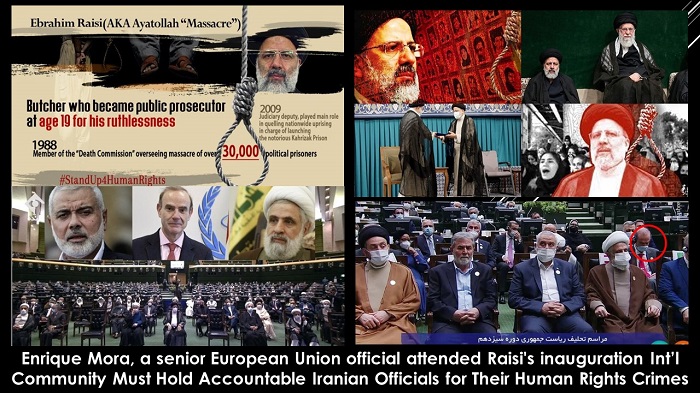Three death sentences were carried out in an Iranian prison on Monday. At least 15 more people were executed in different prisons over the previous ten days, establishing a pace of executions that is certain to continue, if not accelerate, following the regime’s president Ebrahim Raisi’s inauguration this week.
The Iranian regime’s judiciary
Since March 2019, the new president was the head of the Iranian regime’s judiciary. In that capacity, he oversaw a significant increase in the use of the death penalty by a government already known for having the highest annual rate of executions per capita in the world.
Just after a popular uprising in November 2019, Raisi undertook a months-long campaign of systematic torture, following initial clashes that resulted in the deaths of roughly 1,500 peaceful protesters.
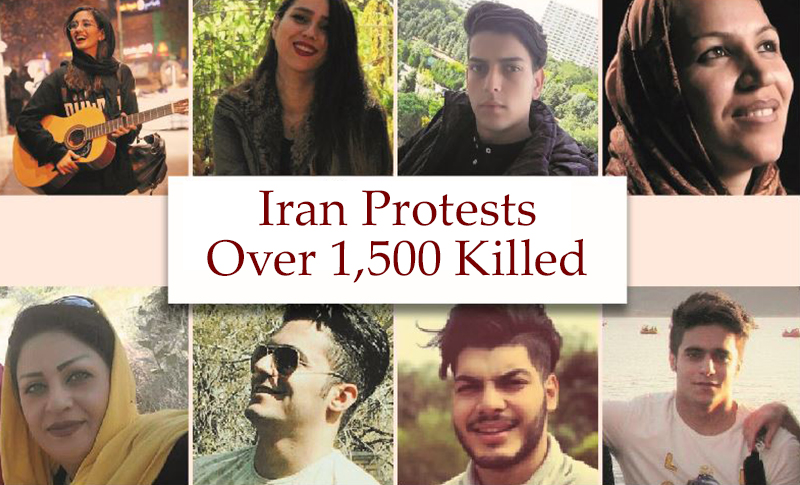
The regime’s legacy in 1988
Raisi certainly contributed to the regime’s legacy in 1988, when he proudly assumed a leadership position in the massacre of political prisoners that followed a fatwa issued by the regime’s founder, Ruhollah Khomeini. The People’s Mujahedin of Iran (PMOI / MEK Iran), was specifically targeted in that religious decree, which stated that involvement in a group that opposed the theocratic regime constituted evidence of “enmity against God,” for which a person should be executed without mercy.

Over 30,000 executions in just three months
Raisi has continued to hold that attitude in recent years, despite the fact that it has become increasingly evident that he and other members of the country’s “death commissions” had carried out over 30,000 executions in just three months.
In many cases, those sentences were the product of two-minute interrogation sessions. The majority of the victims were political detainees who had previously completed their convictions before to the fatwa.
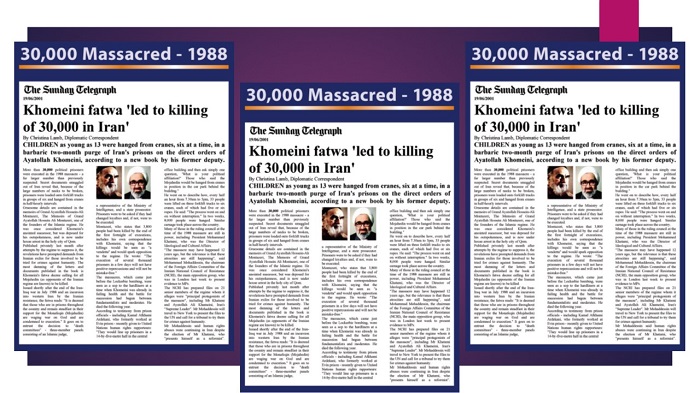
To suppress opposition
Since then, disdain for the Iranian regime’s own rules has been a recurring part of the regime’s efforts to suppress opposition. During Raisi’s term as judiciary chief, the regime’s Supreme Leader Ali Khamenei elevated the authority of Deputy Judiciary Chief Gholamhossein Mohseni Ejei unilaterally and arbitrarily, giving him the power to execute capital sentences alongside his higher official.
Between 1985 to 1988, Ejei acted as the judiciary’s delegate to the Intelligence Ministry, and he was involved in the massacre of political detainees, as well as establishing the ground for long-term repression of dissent. In the years that followed, he participated in the “chain murders,” assassinations of Iranian intellectuals and dissidents. He and Raisi both advocated for the violent suppression of the protesters in 2009, and Ejei was sanctioned the following year for his role.
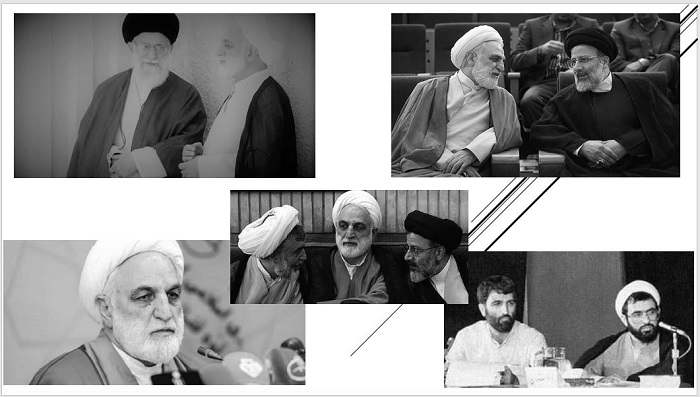
The same methods used in the 2019 crackdown
Today, an increasing number of protesters are participating in large-scale public rallies, such as those that erupted recently in Khuzestan Province in response to water shortage protests.
Raisi and Ejei are likely to use the same methods used in the 2019 crackdown, as well as the 1988 massacre, to deal with the rising unrest.
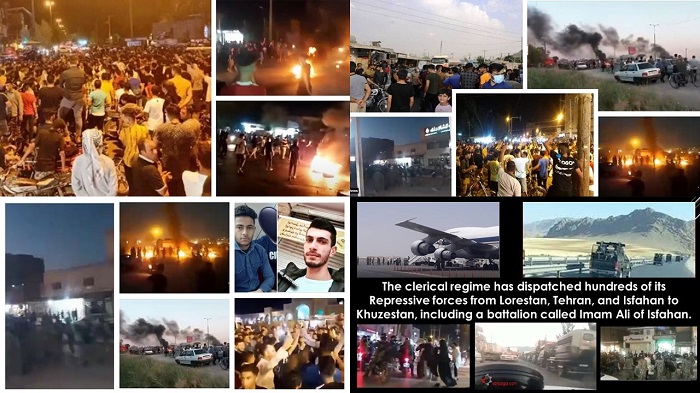
The International Criminal Court
To forestall such a tragedy, the international community must take action.
Opponents of the Iranian regime have been calling for an official, international investigation into the massacre and other crimes for years, with the possibility of charges being filed against key perpetrators at the International Criminal Court.
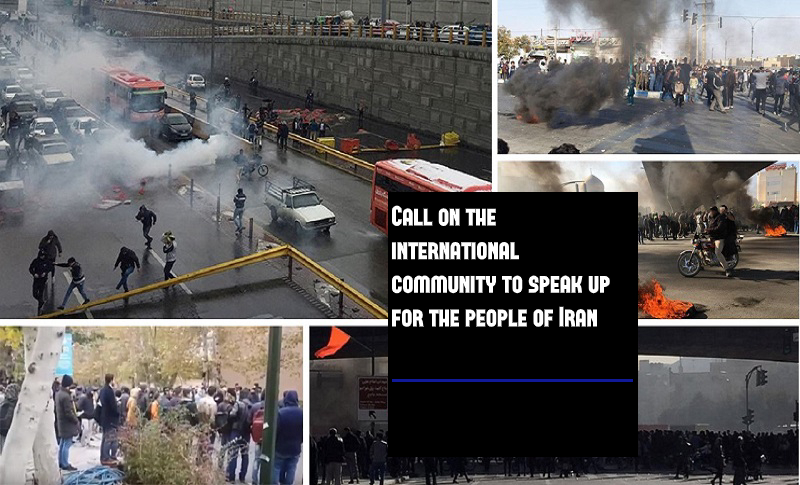
MEK Iran (follow us on Twitter and Facebook)
and People’s Mojahedin Organization of Iran – MEK IRAN – YouTube


